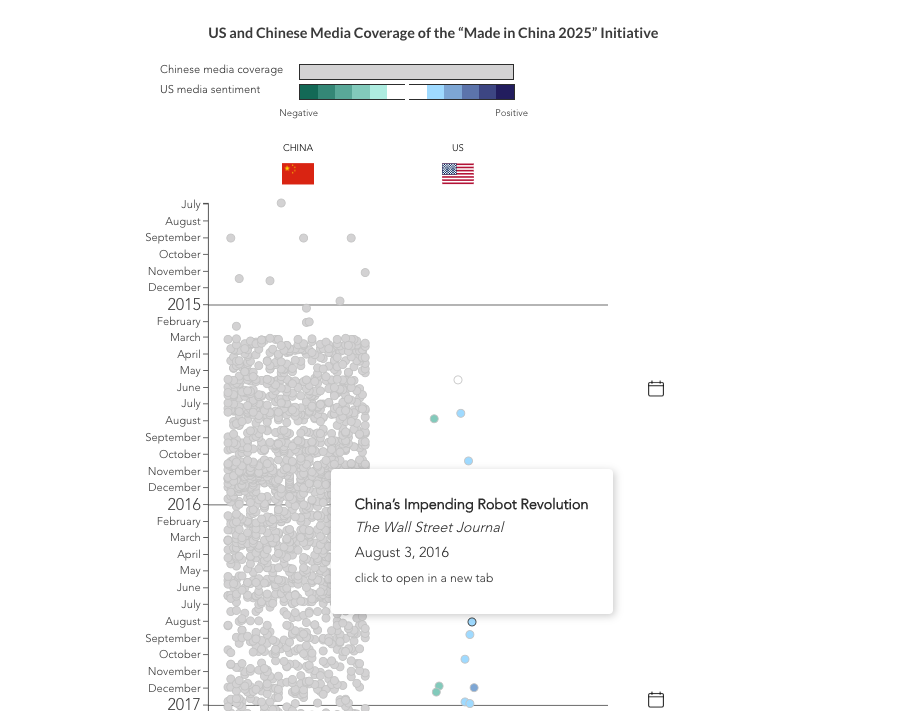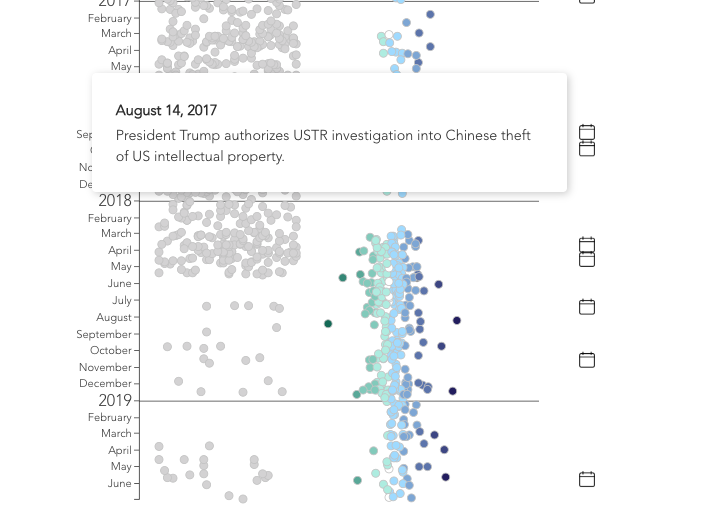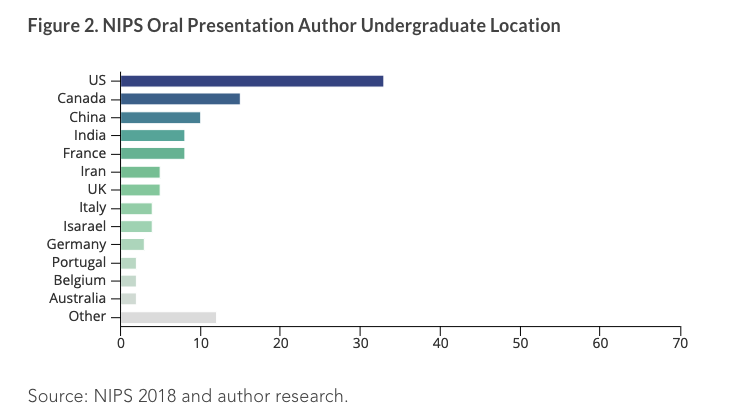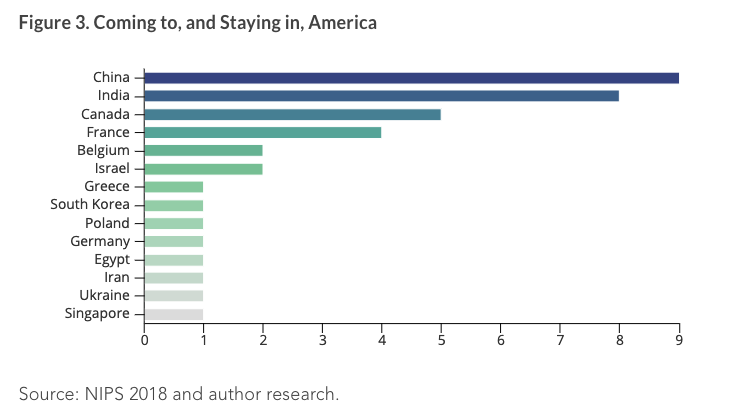
💡NEW ANALYSIS: As China maps out its next five-year plan during the Plenum, here's what we are watching:
Dual circulation (with a different interpretation);
Inequality;
Unemployment target;
Deleveraging & Property Tax.
Read the analysis: macropolo.org/beijing-formal…
Dual circulation (with a different interpretation);
Inequality;
Unemployment target;
Deleveraging & Property Tax.
Read the analysis: macropolo.org/beijing-formal…
1/ You've probably heard of "dual circulation." It has been widely interpreted as an inward shift, but we argue it's mainly about repackaging existing reforms to achieve organic growth - which will naturally make China’s economy more attractive & open. macropolo.org/beijing-formal…
2. Dual circulation is also simply an acknowledgement of reality.
China's economic rebalancing has not been sustainable, and policy advisors like Liu He has long argued for a more sustainable rebalancing based on domestic consumption & income growth. macropolo.org/beijing-formal…
China's economic rebalancing has not been sustainable, and policy advisors like Liu He has long argued for a more sustainable rebalancing based on domestic consumption & income growth. macropolo.org/beijing-formal…
3/ Tackling inequality, including Xi Jinping's anti-poverty campaign, will take center stage in this FYP.
This means: less emphasis on headline growth + more on income growth & fixing distortions in the labor & land market, such as Hukou reform. macropolo.org/beijing-formal…
This means: less emphasis on headline growth + more on income growth & fixing distortions in the labor & land market, such as Hukou reform. macropolo.org/beijing-formal…
4/ Besides the GDP target, unemployment target has been central in 2020, especially since China recovered from COVID.
We predict in the 14th FYP, unemployment target will likely become a binding target (5.5%) for the first time. macropolo.org/beijing-formal…
We predict in the 14th FYP, unemployment target will likely become a binding target (5.5%) for the first time. macropolo.org/beijing-formal…
5/ With COVID under control, issues previously on the back burner are back to the spotlight.
Now that the Chinese economy has rebounded, a renewed emphasis on deleveraging and property tax should be expected.
Read our full preview here: macropolo.org/beijing-formal…
Now that the Chinese economy has rebounded, a renewed emphasis on deleveraging and property tax should be expected.
Read our full preview here: macropolo.org/beijing-formal…
• • •
Missing some Tweet in this thread? You can try to
force a refresh












